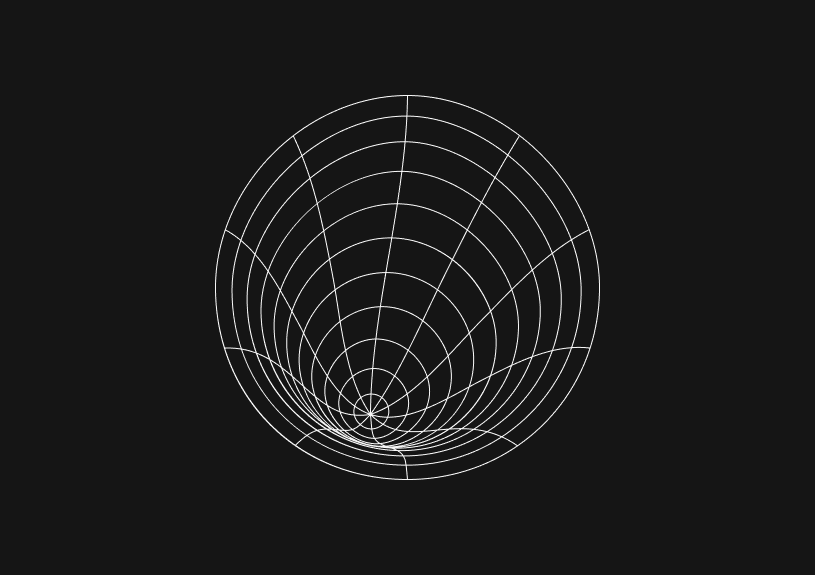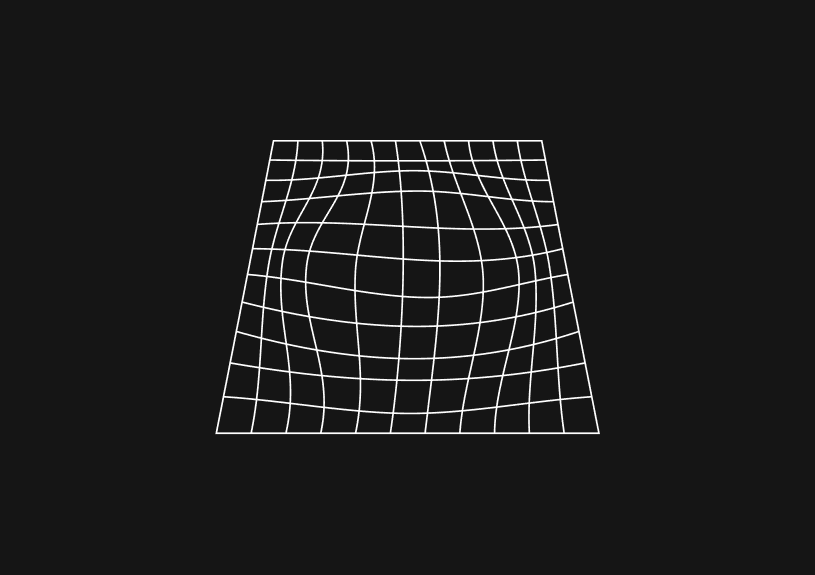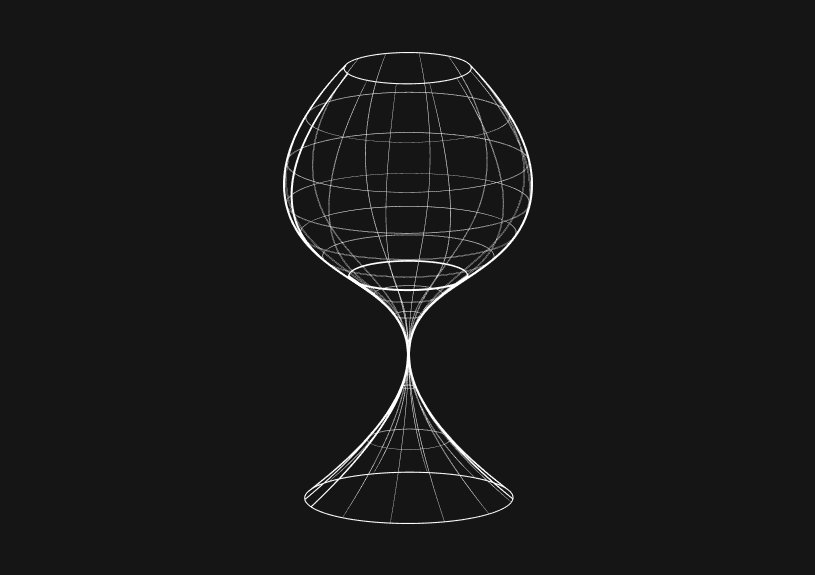
What is a Helper Function in JavaScript?
In JavaScript, a helper function is a small piece of reusable code designed to perform a specific task that supports larger code structures. It's a way to encapsulate functionality that can be called upon multiple times throughout a codebase to make the code more readable and maintainable.
Understanding Helper Functions
Helper functions are often created to abstract complexity, reduce redundancy, and improve code readability. By offloading repetitive tasks to a helper, developers can keep their main code clean and focused on the core logic.
Characteristics of Helper Functions
- Modularity: They represent a modular approach to programming.
- Single Responsibility: Each function typically has a single responsibility.
- Reusability: They can be reused across different parts of an application.
- Simplicity: A good helper function is simple, doing one thing and doing it well.
Common Use Cases
- Data formatting: For converting dates, numbers, or strings to a desired format.
- Validation: To check if the data meets certain criteria before processing.
- Calculations: For complex or frequently used mathematical operations.
Implementing Helper Functions
Example of a Helper Function
Here's a simple helper function that capitalizes the first letter of a string:
function capitalizeFirstLetter(string) { return string.charAt(0).toUpperCase() + string.slice(1); }
Best Practices
- Descriptive Naming: Use clear and descriptive names.
- No Side Effects: Avoid modifying global state or causing side effects.
- Efficiency: Make sure they perform their task efficiently.
- Testing: Write tests for your helper functions to ensure reliability.
The next generation of charts and BI.
Coming soon.
Fast. Opinionated. Collaborative. Local-first. Keyboard centric.
Crafted to the last pixel. We're looking for early alpha users.
How to Remove Characters from a String in JavaScript
Jeremy Sarchet
How to Sort Strings in JavaScript
Max Musing
How to Remove Spaces from a String in JavaScript
Jeremy Sarchet
Detecting Prime Numbers in JavaScript
Robert Cooper
How to Parse Boolean Values in JavaScript
Max Musing
How to Remove a Substring from a String in JavaScript
Robert Cooper






